
The Afrikaner is a very old breed of cattle breed that was first herded and kept by the Khoisan in South Africa from around the 15th century.
They were once used for milk, meat and as a draft animal that pulled the wagons of the Great Trek in South Africa.
They are a very hardy breed that can survive in arid conditions and on low-quality foliage that the effectively turn into food without compromise to their meat or milk quality.
Although they do not have a very high milk yield they have a very rich and creamy milk that is higher in butterfat content than most other breeds.
AFRIKANER BREED OF CATTLE QUICK PROFILE OVERVIEW |
|
|---|---|
| Rugged, powerful and muscular the Afrikaner cattle as a sight to behold as their deep reddish brown coats glitter in the heat of the African sun. | |
| Country of Origin: | South Africa |
| Other Names: | Africander or Afri |
| Main Purpose: | Meat, milk, and draft |
| You may Also Like: | 47 Best Cattle Breeds for Meat – Beef Cattle |
| You may Also Like: | 35 Best Cattle Breeds for Milk – Dairy Cattle |
| Can be used for | Breed, Milk, Meat and Draft cattle |
| Ideal Climate: | Heat, Cold, Most Climates |
| Conservation Status: |
Not listed by the *ALC Status/Rarity: Common |
| Health Issues? | No known health issues |
| Good Starter Cattle? | Novice to intermediate Cattle farmer/keeper level |
| Cattle Associations: | Afrikaner Breeders Society of South Africa |
| Cattle Clubs: | Afrikaner Breeders Society of South Africa |
| Where to buy them? | Afrikaner Breeders Society of South Africa |
| Child Friendly? | Livestock should not be left unattended around unsupervised children |
| General Information: | The Afrikaner cattle breed is one of the oldest breeds of cattle and is the very definition of draft cattle. When you first see one in real life you can picture it pulling a plow or wagon.
They are extremely hardy animals that can handle dry, hot and arid conditions. The Afrikaner cattle contains almost twice as many sweat glands than any those of European breeds of cattle. They are often used for cross-breeding purposes due to their excellent meat, fertility, temperament social organization. |
| Note: *ALC stands for American Livestock Conservancy | |
PHYSICAL CHARACTERISTICS |
||||||||||||||||||||||||||||||||
|---|---|---|---|---|---|---|---|---|---|---|---|---|---|---|---|---|---|---|---|---|---|---|---|---|---|---|---|---|---|---|---|---|
| The Afrikaner cattle breed has a cervices-thoracic hump being a Sanga cattle type which is renown for this characteristic. They have long sturdy legs that are through to be a bit sickle shaped and long strong face with well-defined features. The ears are also quite long and droop to the sides of their heads. They have a very beautifully muscled physique and are excellent foragers. | ||||||||||||||||||||||||||||||||
| Size: | Medium to large | |||||||||||||||||||||||||||||||
|
||||||||||||||||||||||||||||||||
COW BREEDING & MILKING INFORMATION |
|
|---|---|
| They were once used for their milk by the Khoi people and are still occasionally used for their milk purposes although these days it is usually just for her calves. Their milk has a higher butterfat content than most other cow breeds. Cows only calve once a year and should have 12 to 14-month inter-calving cycle. The Afrikaner cow makes for an exceptionally good mother and will attend to other cows’ calves as they go off to graze and have some mom time. They Afrikaner cows are known to be quite fertile and have been known to calve right up to the age of 16 years old. There have even been reports of an Afrikaner cow giving birth at 21 years of age. They have a low calf fatality rate and usually have no birthing problems. | |
| Breeding Period/cycle: | Usually lasts 6 to 24 hours Most ave. 12 to 16 hours Cows usually come on heat every 21 days. |
| Estrous cycle: | Ave. 17 days to 24 days Heifer – usually ave. 20 days Cows – usually ave. 21 days |
| Gestation Period: | Usually, around 279 to 287 days but most gestation is 283 days. Cows that are carrying bull calf’s their gestation period is usually a little longer than cows that are carrying heifer calves. |
| No. Calves/Litter: | 1 calf at a time. Cows rarely have twins or triplets, but it can happen |
| Lactation Period: | Cows lactation period can last for up to about 10 months (305) days. |
| Milking From: | 1 to 6 weeks after Calving |
| Drying off Period: | The cow should have a 12 to 14-month inter-calving cycle. Drying off period for around 60 days before she can calve again. |
| Milk Quality: | Good, Quantity: Not a very good milk yield. |
| Milk Ideal for: | Calves and can be used for human consumption, cheese, etc. |
| You may Also Like: | 35 Best Cattle Breeds for Milk – Dairy Cattle |
CATTLE MEAT PRODUCTION INFORMATION |
||||||||
|---|---|---|---|---|---|---|---|---|
| The Afrikaner has a very tender and juicy beef of a very high quality. Their beef has some great cuts and meat to bone ratio. They are usually crossbred to improve other breeds meat production. They have a good ability to add weight with a low/poor quality forage. | ||||||||
| Meat Production? | Yes, Quality: Excellent | |||||||
|
||||||||
| You may Also Like: | 47 Best Cattle Breeds for Meat – Beef Cattle | |||||||
CATTLE SKIN PRODUCTION INFORMATION |
||||||||
|---|---|---|---|---|---|---|---|---|
| Most meat Cattle will have a skin by-product, and these are usually used in some form or just as a hide. | ||||||||
| Skin Production? | N/A | |||||||
| Skin is used to Produce: | Calf/cow skin leather products such as shoes, car seats, fine leather coats, gloves, handbags, belts, furniture, rugs, etc. | |||||||
|
||||||||
HISTORY
The Afrikaner cattle are thought to be a very old breed of cattle with their ancestors originating on the Asian Steppes. They are said to have migrated some 2000 years ago gradually moving South.
The Afrikaner shares ancestry with the Drakensberg and Nguni cattle breed mostly likely appearing as a breed around 655 to 960 years ago. Writings by Dutch sailors that frequented the Cape have documented Afrikaner type cattle being kept by the Khoikhoi from around the 15th century.
During the Second Boer War, the Afrikaner cattle breeds number were sorely depleted to near extension due to being wiped out and an outbreak of Rinderpest. This outbreak tore through South Africa wiping out half of the country’s cattle population.
Breed improvement and recovery programs were started after the war ended and in 1912 the first ever Afrikaner studbook was opened. It was opened in South Africa in order to maintain and control the breeding program. But due to a rather small supply of animals, there was a lot of inbreeding right up until 1923 when it was decided that some Afrikaner cattle be sent to America.
It was in 1932 that the US government imported a herd of the Afrikaner. In 1929 The Afrikaner Breeders Society in South Africa gifted two cows and a bull to King George the V.
In 1953 Australia received the first five Afrikaners cattle for the CSIRO’s Belmont Station in order to see if they would adapt to the Australian climate.
Up until the 1970s, the Afrikaner cattle was the most prominent breed of a cattle in South Africa. This was due to the introduction of the Brahma and also a problem with the Afrikaner breeds breeding due to problems associated with inbreeding and infertility.
Video
USEFUL LINKS
- Purebred Dairy Cattle Association
- American Dairy Association
- National Association of Animal Breeders
- American Dairy Science Association
- United States Cattlemen’s Association
- National Cattlemen’s Beef Association
- American National Cattlewomen
- Beef Cattle Breed Associations
- National Cattlemen’s Beef Association
- Fur Commission USA
- North American Meat Institute
- American Livestock Conservancy
- Animal Shelter (ASPCA)
- American Veterinary Medical Association
- American Animal Welfare Society
- American Animal Control
- American Society of Animal Science
- United States Department of Agriculture
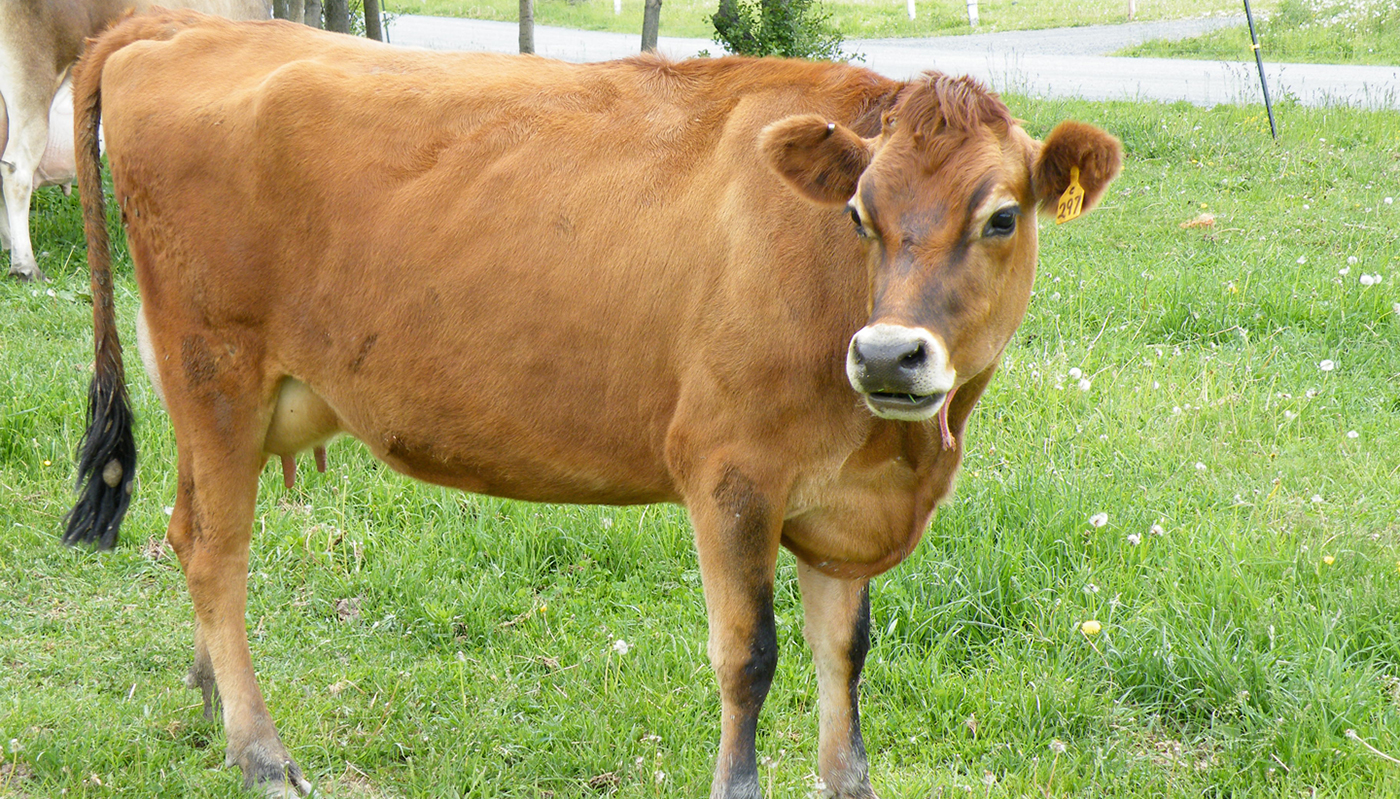 Jersey Cattle Breed – Everything You Need to Know
Jersey Cattle Breed – Everything You Need to Know Brahman Cattle Breed – Everything You Need to Know
Brahman Cattle Breed – Everything You Need to Know Parthenaise Cattle Breed – Everything You Need to Know
Parthenaise Cattle Breed – Everything You Need to Know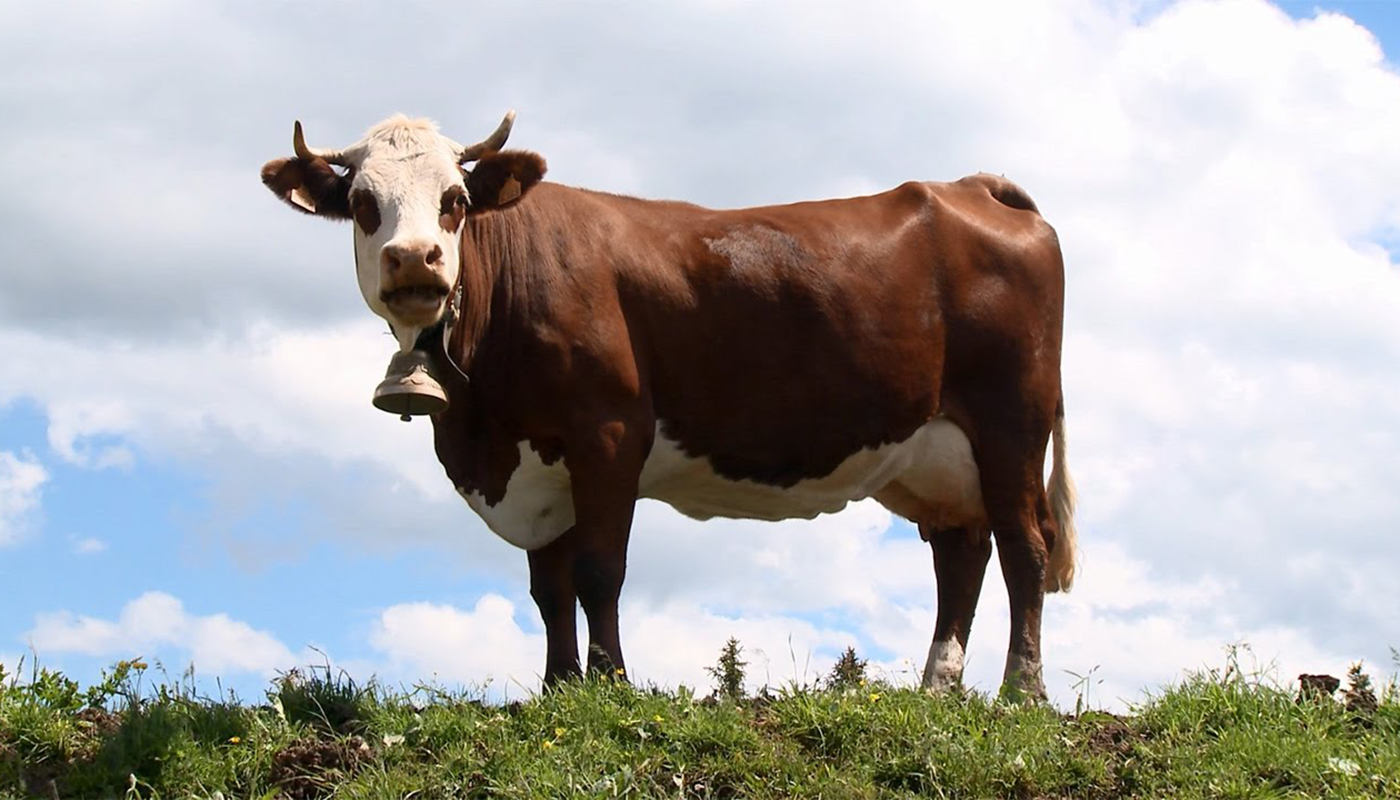 Abondance Cattle Breed – Everything You Need to Know
Abondance Cattle Breed – Everything You Need to Know Kankrej Cattle Breed – Everything You Need to Know
Kankrej Cattle Breed – Everything You Need to Know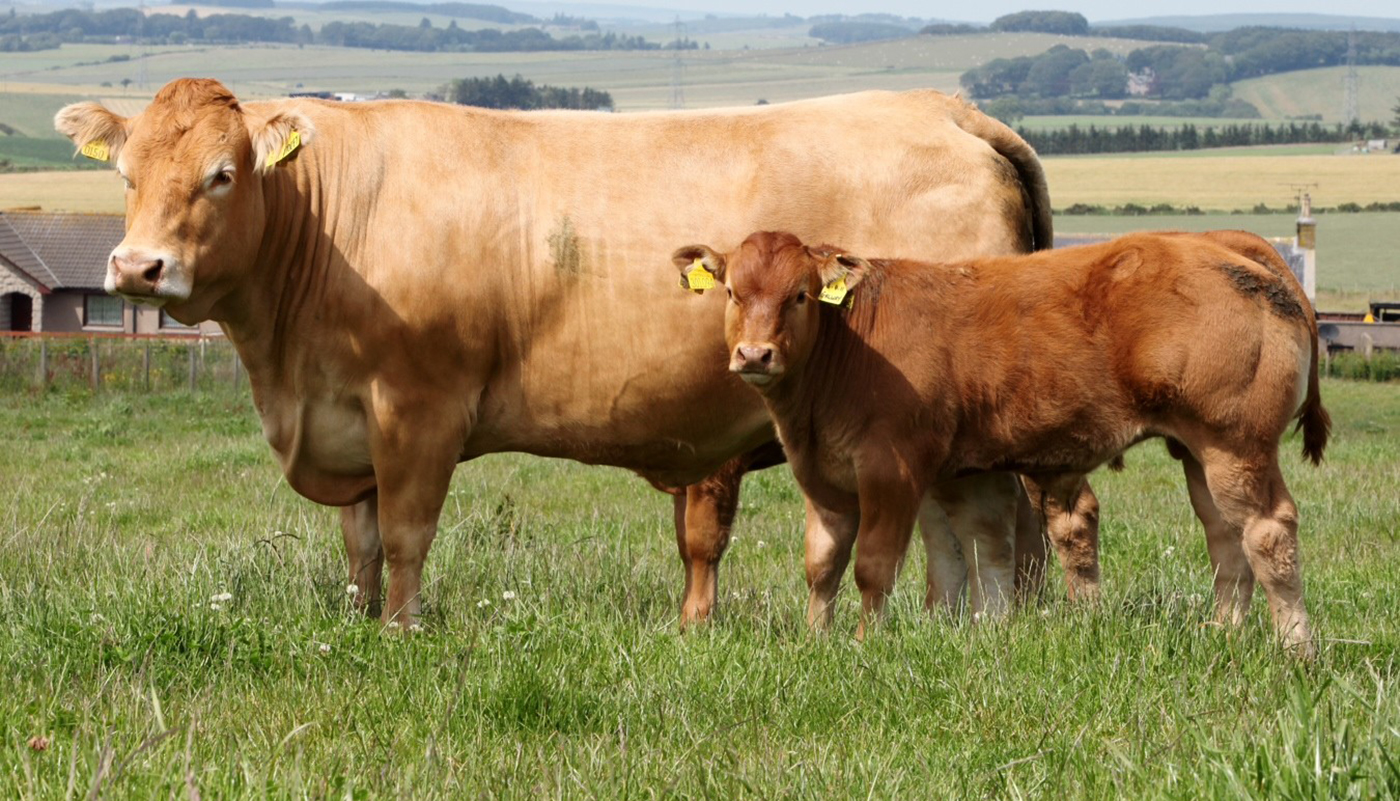 Limousin Cattle Breed – Everything You Need to Know
Limousin Cattle Breed – Everything You Need to Know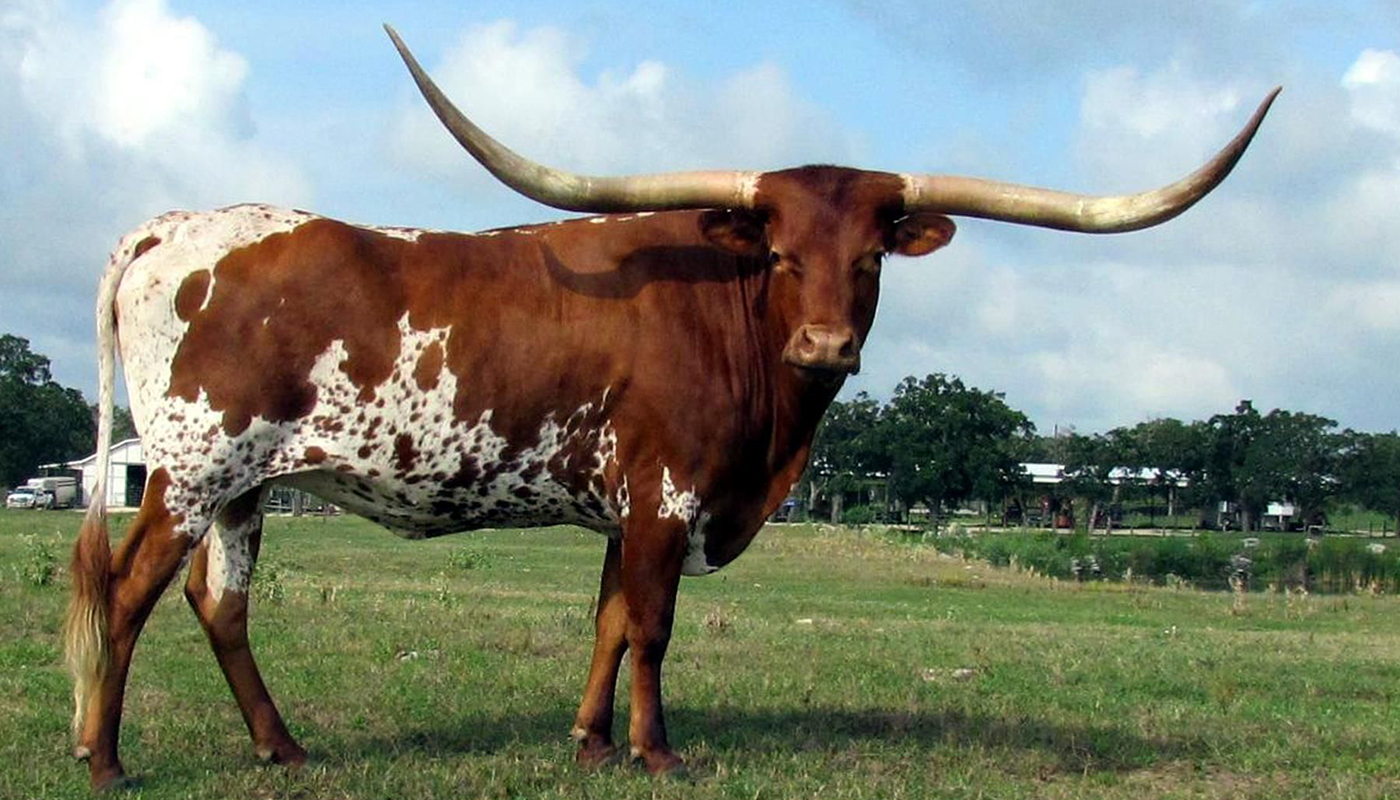 Texas Longhorn Cattle Breed – Everything You Need to Know
Texas Longhorn Cattle Breed – Everything You Need to Know Simmental Cattle Breed – Everything You Need to Know
Simmental Cattle Breed – Everything You Need to Know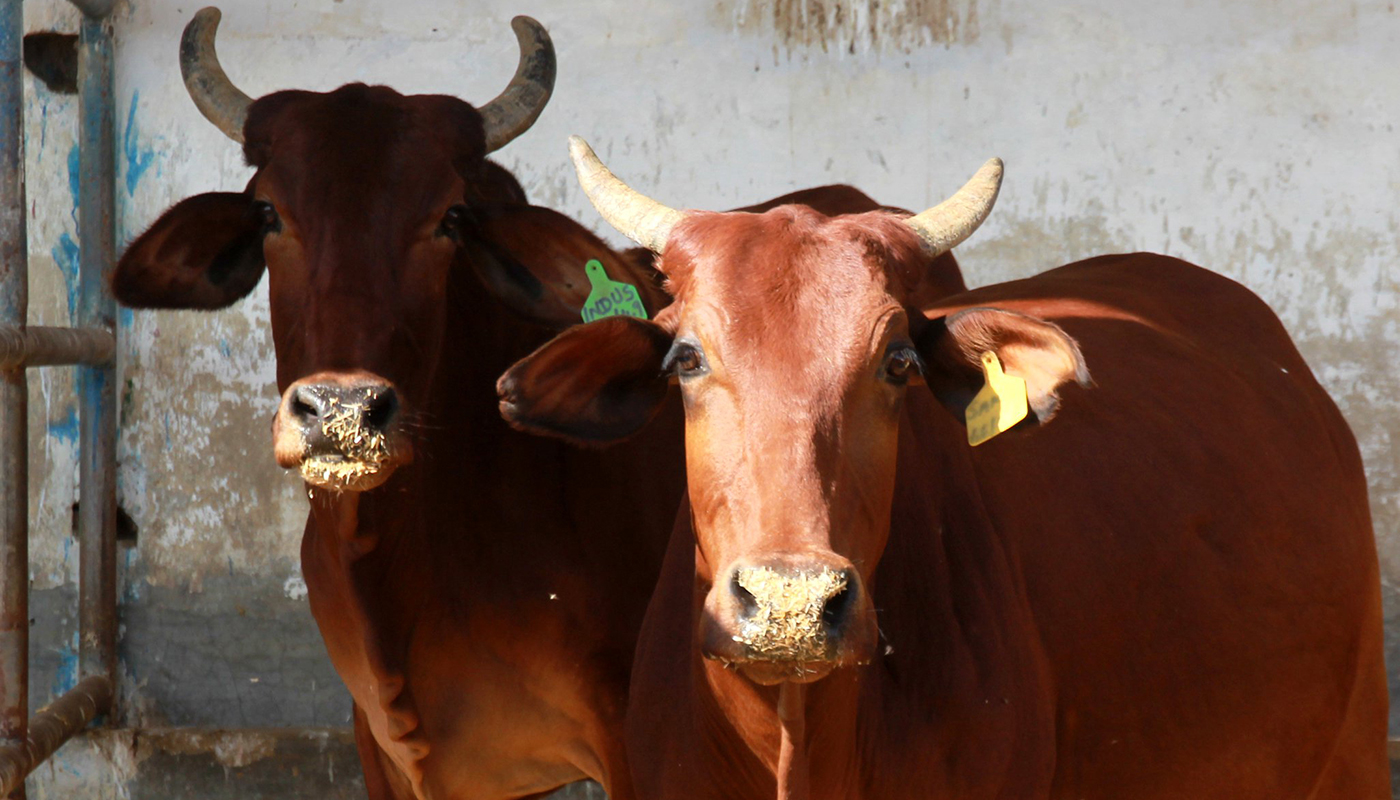 Red Sindhi Cattle Breed – Everything You Need to Know
Red Sindhi Cattle Breed – Everything You Need to Know Wagyu Cattle Breed – Everything You Need to Know
Wagyu Cattle Breed – Everything You Need to Know Senepol Cattle Breed – Everything You Need to Know
Senepol Cattle Breed – Everything You Need to Know Beefalo Cattle Breed – Everything You Need to Know
Beefalo Cattle Breed – Everything You Need to Know